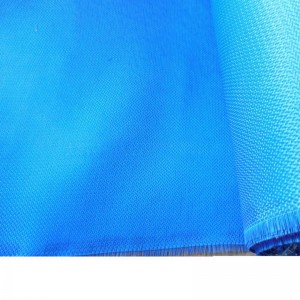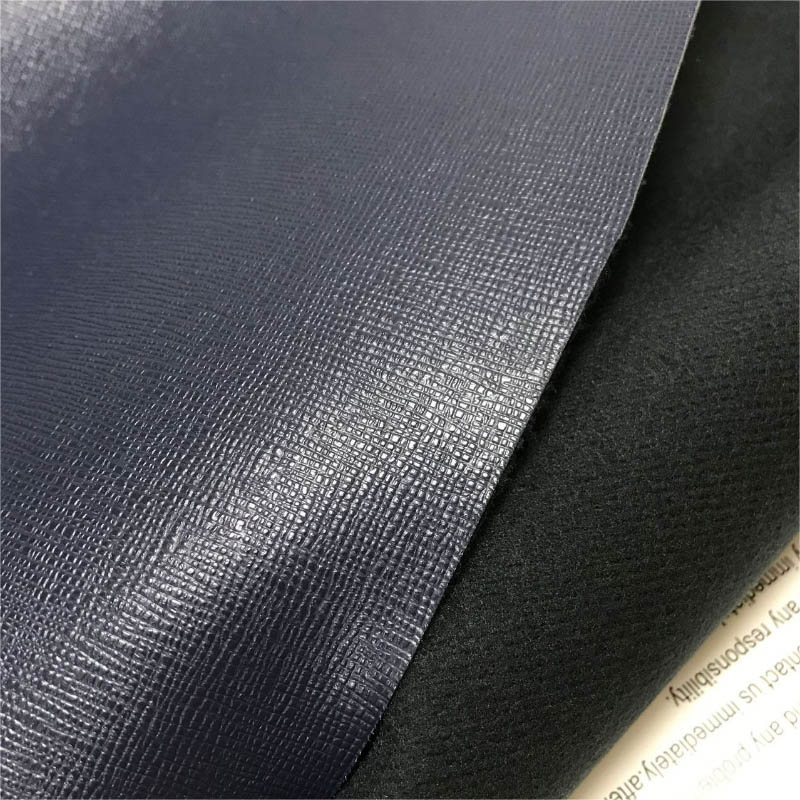Multi-color high temperature resistant glass fiber cloth glass fiber dyed fire insulation cloth
The grey cloth (silk) after bleaching treatment, through the processing of color to the cloth dyed with a variety of colors, become dyed cloth. The vast majority are mechanically dyed, but there are a small number of hand-dyed finished products.
The purpose of burning wool is to burn off the fluff on the cloth surface, make the cloth surface clean and beautiful, and prevent the dyeing and printing defects caused by the presence of fluff.

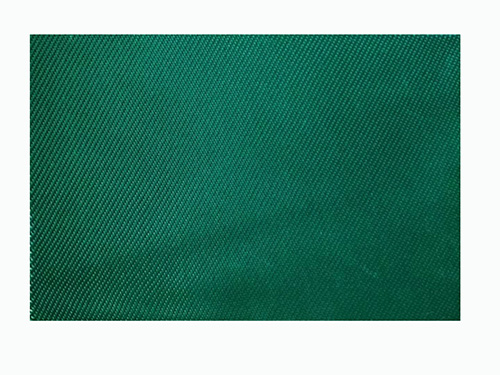
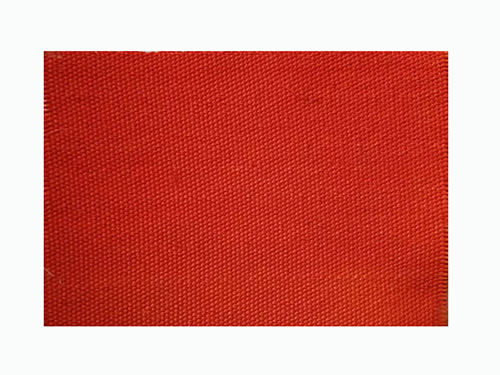
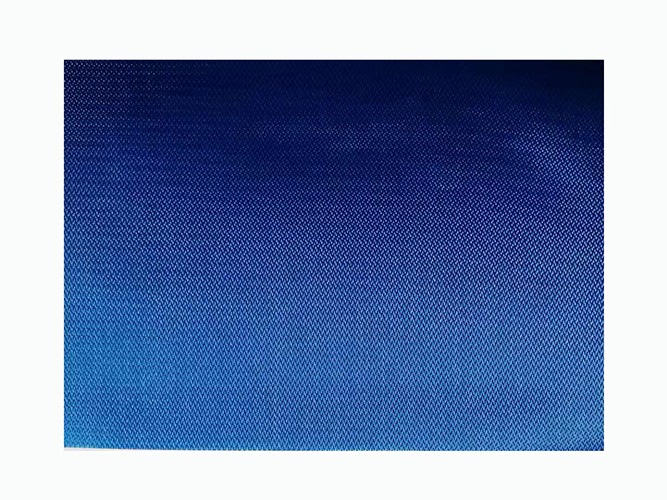
Cotton, chemical synthetic fiber, wool hemp, silk, blended and so on dyed cloth.
Dyeing process editing
Scouring and bleaching to remove impurities contained in natural fibers, and in the process of textile processing and add each slurry, oil and contaminated dirt, etc. The existence of these impurities not only hinders the smooth process of dyeing and finishing, but also affects the wearability of fabrics. The purpose of scouring and bleaching is to use chemical and physical mechanical action to remove impurities on the fabric, make the fabric white, soft, with good permeability, in order to meet the requirements of wearing, and to provide qualified semi-products for dyeing, printing, finishing.
Original cloth preparation
Raw cloth preparation includes raw cloth inspection, turning cloth (batch, box, printing) and sewing head. The purpose of the original cloth inspection is to check the quality of grey cloth and solve the problems in time. The inspection contents include physical index and appearance defect.
Singeing
The purpose of burning wool is to burn off the fluff on the cloth surface, make the cloth surface clean and beautiful, and prevent the dyeing and printing defects caused by the presence of fluff.
desizing.
For smooth weaving, textile mills often starch the warp yarn to improve strength and wear resistance. The slurry on the grey cloth not only affects the water absorption performance of the fabric, but also affects the quality of dyeing and finishing products, and will increase the consumption of dyeing and chemical drugs, so the slurry should be removed before boiling, this process is called desizing.
Dyeing
Dyeing is a complicated process, different quality cloth dyeing process is different, cotton, polyester cotton, nylon, polyester, chemical fiber products, blended products and so on. Some use rolling dyeing, curling dyeing can be used, some must use high temperature and high pressure dyeing, some only dyeing once, and some need to be colored several times.
Although dyeing through a rolling car can be, but also the most difficult process, because the color control of dyeing in addition to known, there are many unknown things in it, such as the stability of dye at different temperatures, steam control, rolling pressure control, are very fine work.
The long dyeing car is divided into two parts, the front car dyeing, the rear car fixing color. Dyeing method according to the selection of different dye varieties and differences, dyes generally have activity, serin, vulcanization, coating. They each have advantages and disadvantages, generally depending on the required color, and not interchangeable.
Post-finishing
Finishing is to give clothing fabric wear performance and beautiful textile technology engineering. The following is the common types of textile finishing at present:, the main equipment is: burning machine, desizing machine, mercerizing machine, liquid ammonia machine, setting machine, preshrinking machine, calender, washing machine, wool grinding machine, wool grabbing machine, coating machine, etc.
4 Color fastness
Dyeing fastness is the most important index of dyed cloth.
The ability of dyed fabrics to retain their original color through external action is also called color fastness. Textiles after dyeing, printing, sometimes through other processes, such as wool fabric shrinkage, heat setting of synthetic fiber fabrics, etc.; In the process of taking to contact with the atmosphere, sweat stains, washing, friction and ironing and other external effects. These can make printing and dyeing textiles have different degrees of fading, discoloration. The main processes that affect the dyeing fastness of printing and dyeing fabrics are velvet reduction, carbonization, chlorine bleaching, sublimation, etc. The fastness of dyes or pigments to fabrics is related to their chemical structure, concentration and state on the fibers, and the properties of the fibers. The test methods for color fastness are developed by simulating various conditions of use or process.



